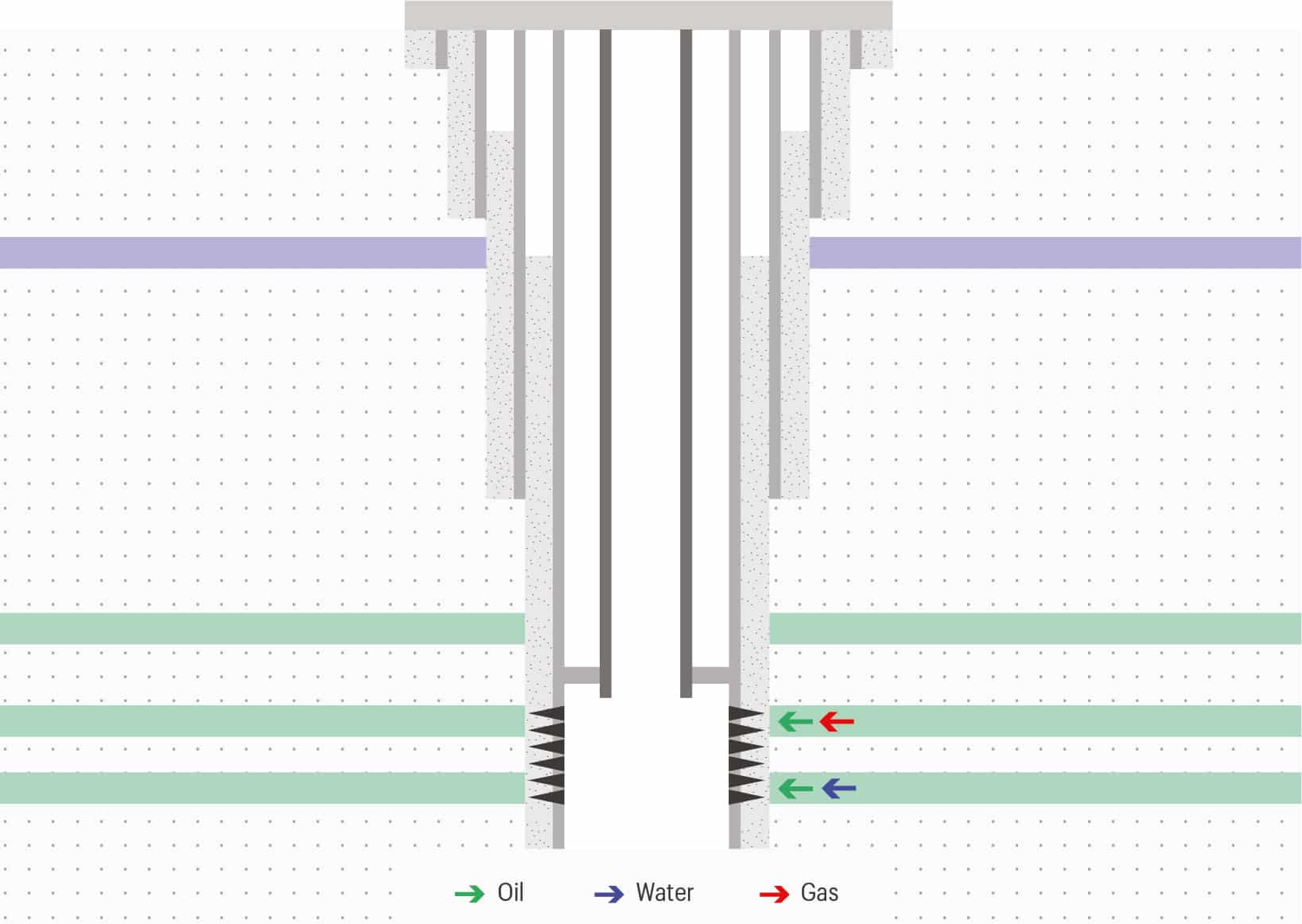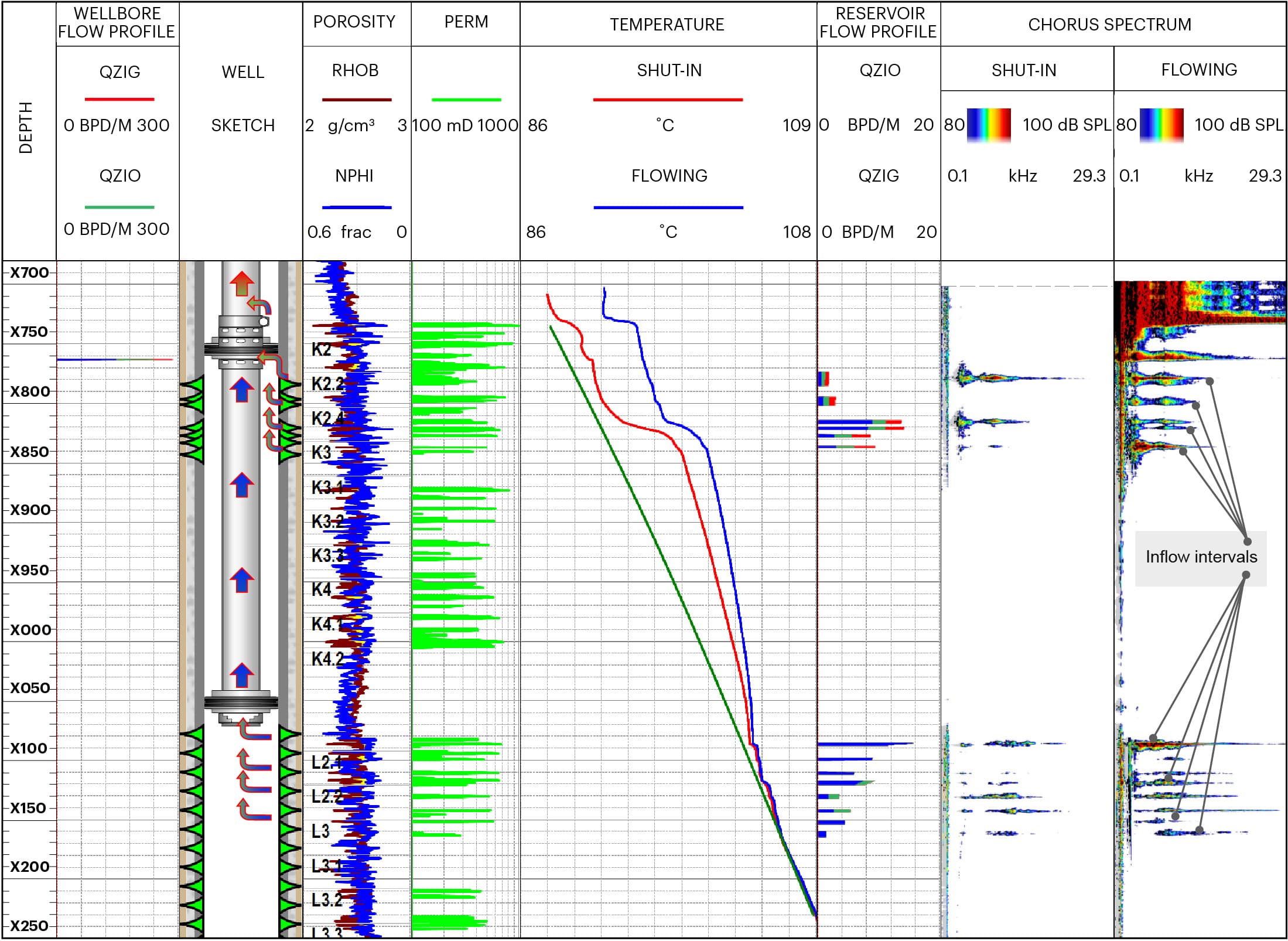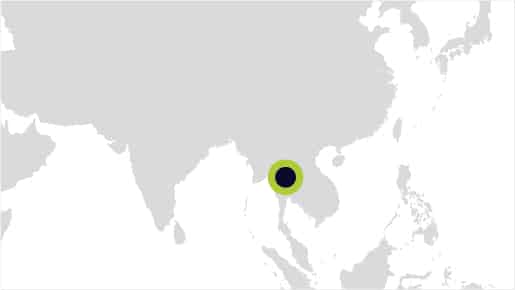Waterflooding involves injecting water into a reservoir, usually to increase pressure and thus stimulate production. However, when this action is being performed in a multi-layer reservoir it requires constant monitoring to identify the potential for water breakthroughs and target intervals not flowing, that may affect fluid production. The operator’s main goal was to gain a quantitative assessment of the flow contributions from each layer in the producer well, particularly in the undersaturated reservoir areas which hold free gas behind the tubing and casing.
- Location Thailand
- Well Type Oil producer
- Reference SPE-191011
-
Identified active layers using Chorus acoustic platform
-
Calculated flow contributions in the producer
-
Provided information for potential zonal isolation or recompletion programs that would enable the operator to optimise waterflood performance


